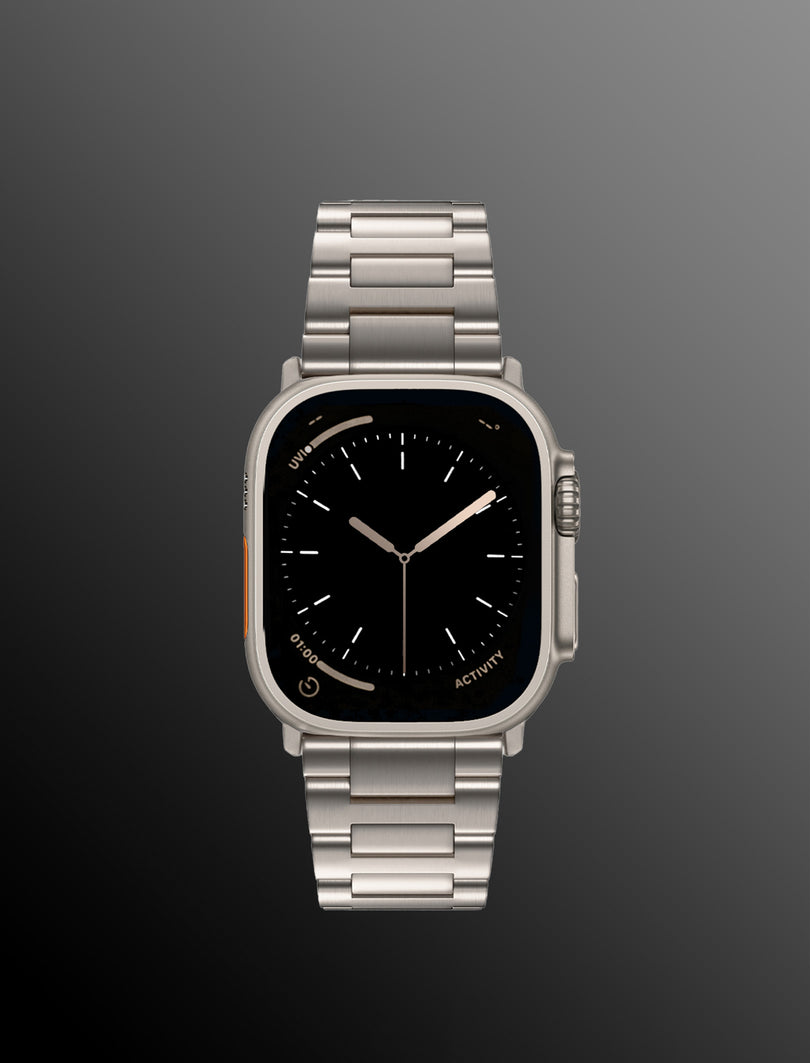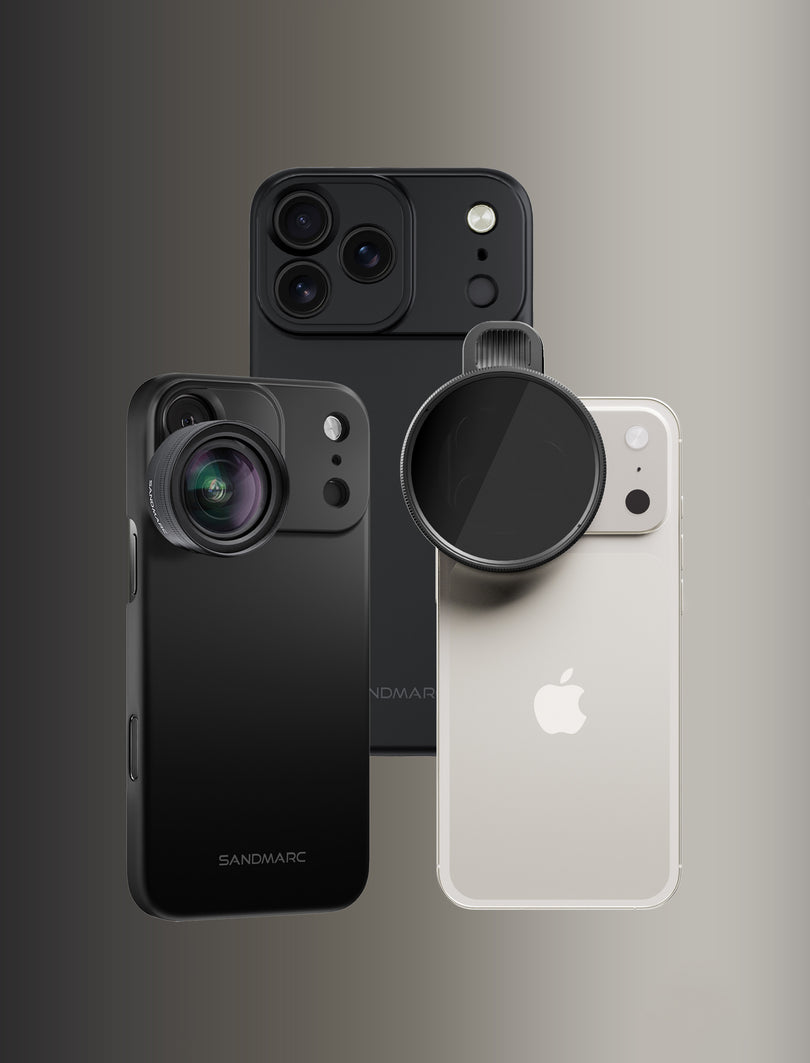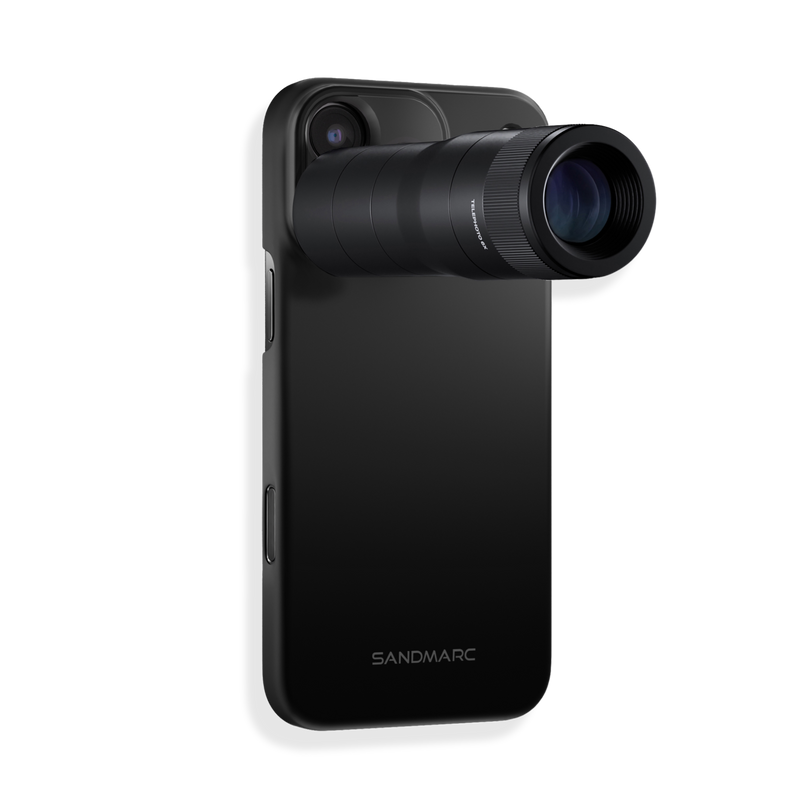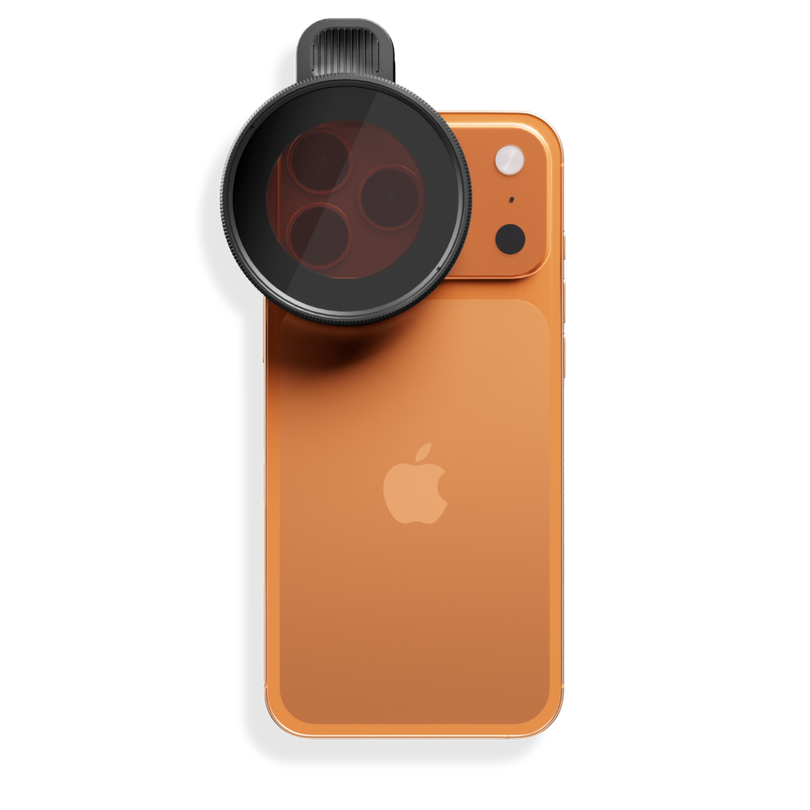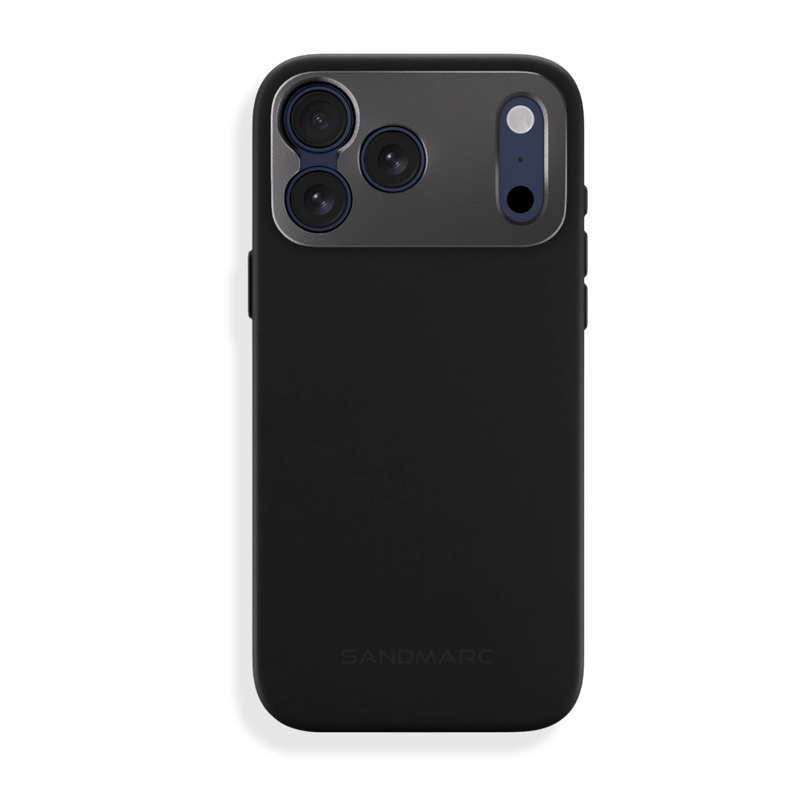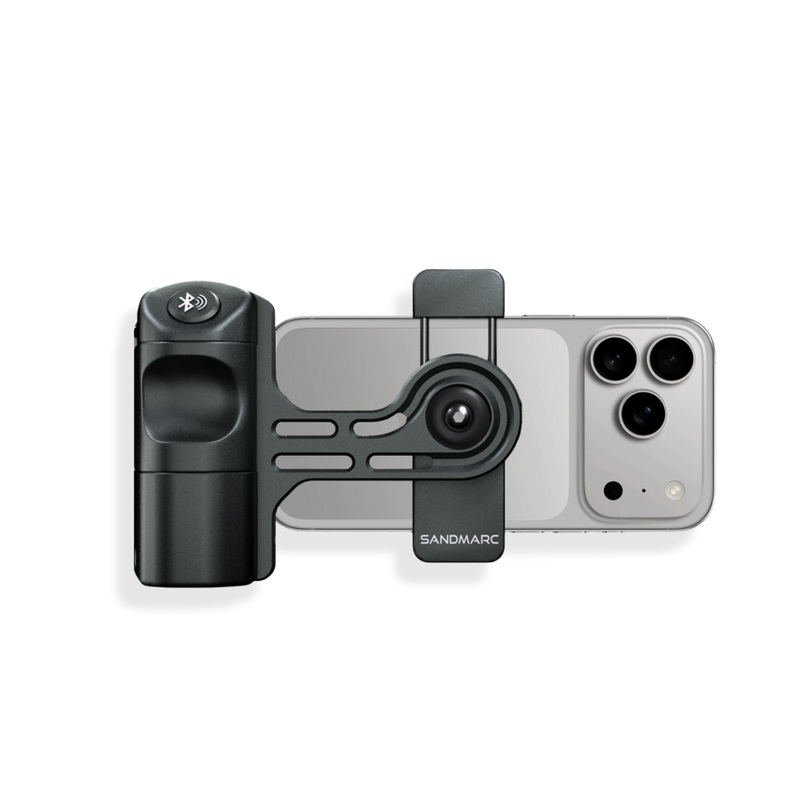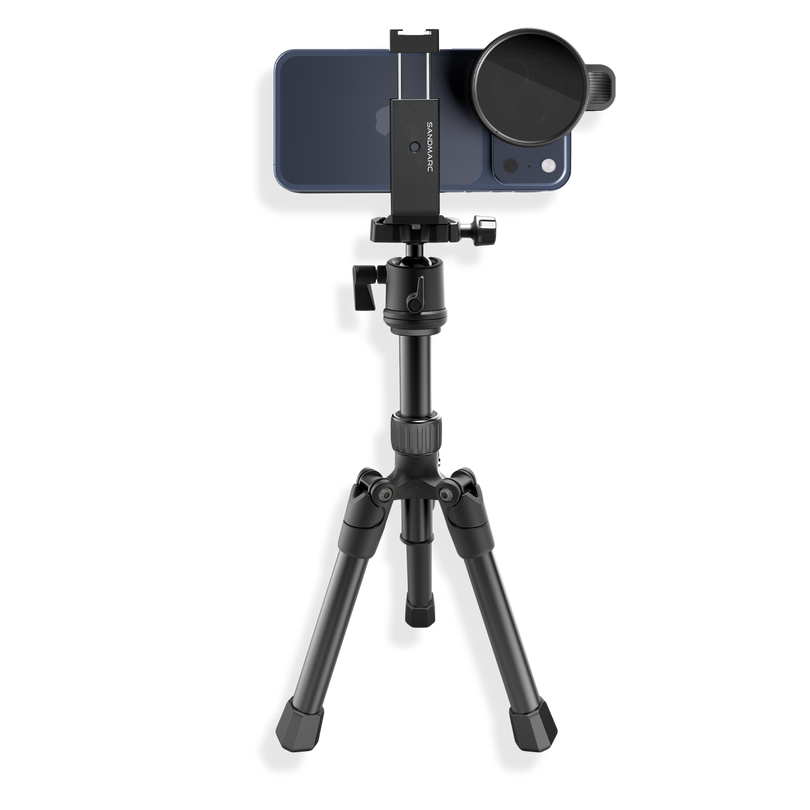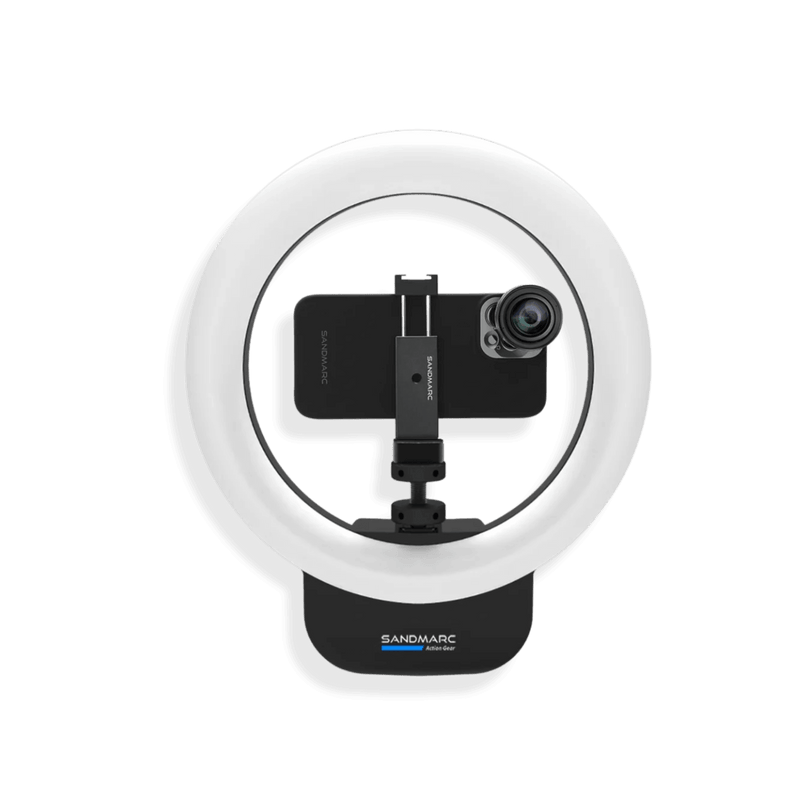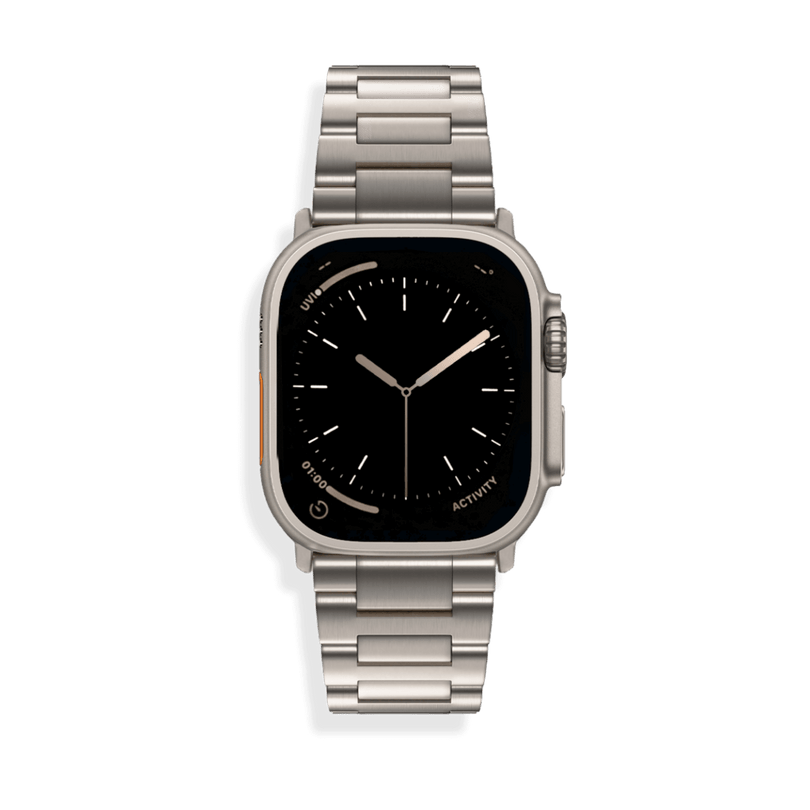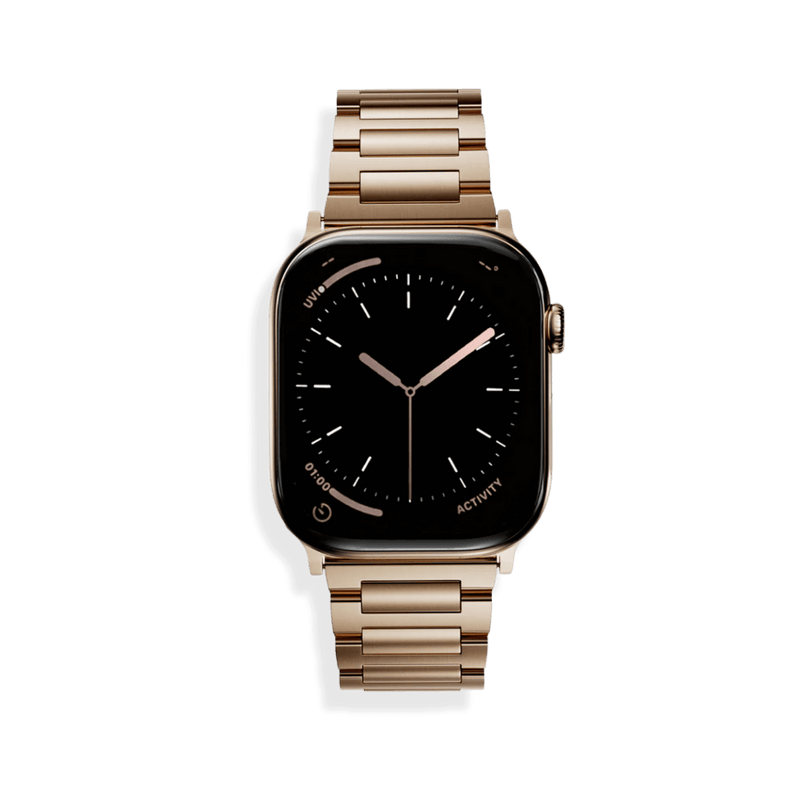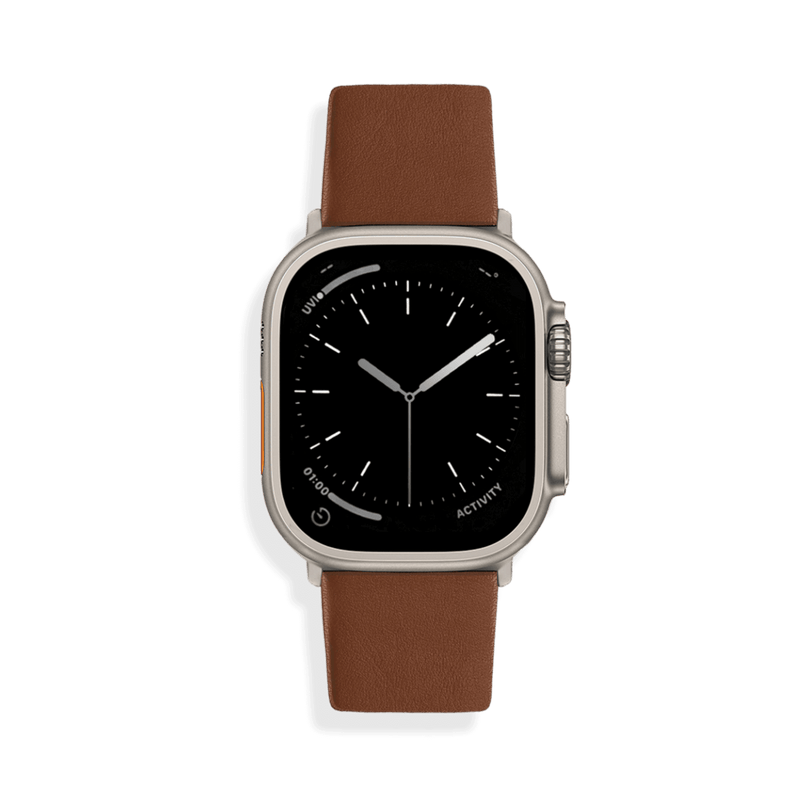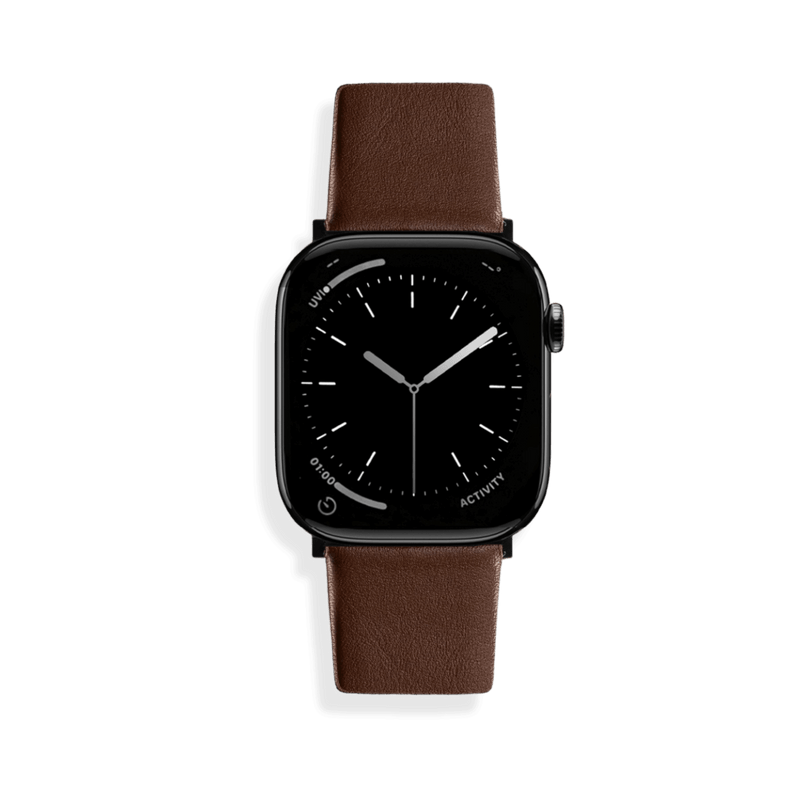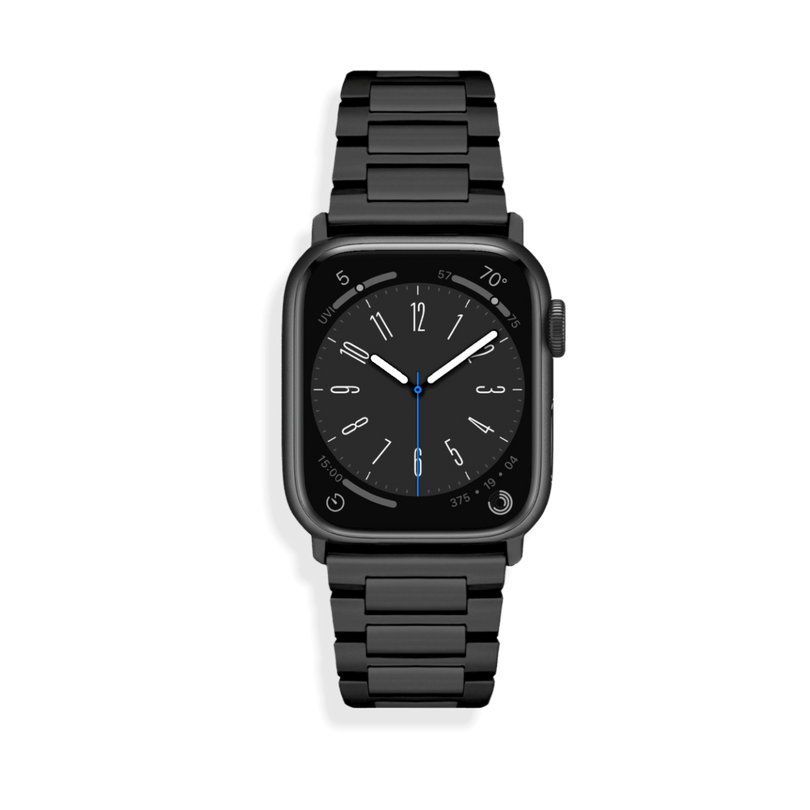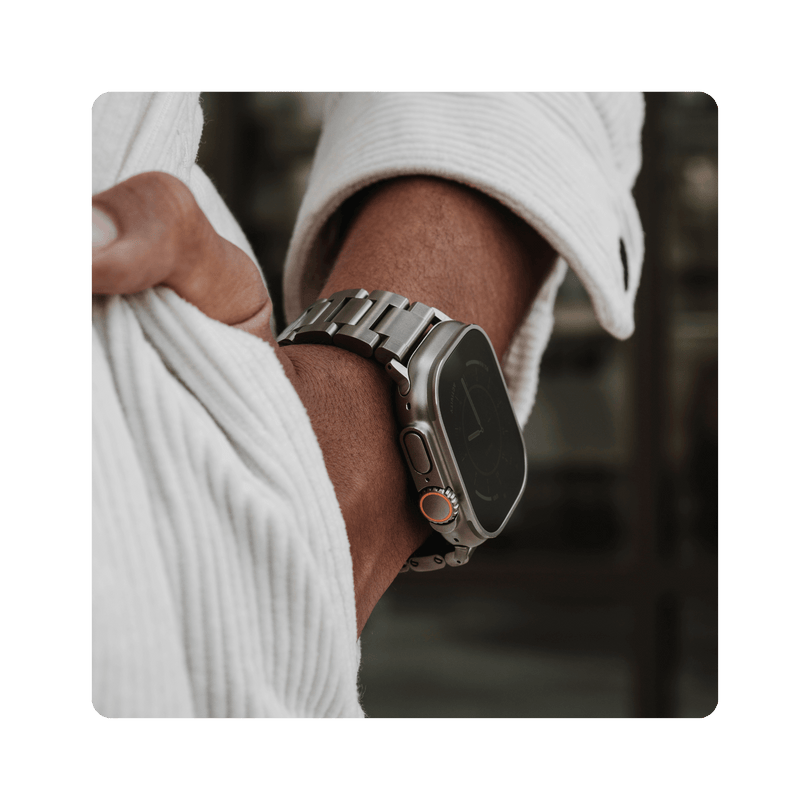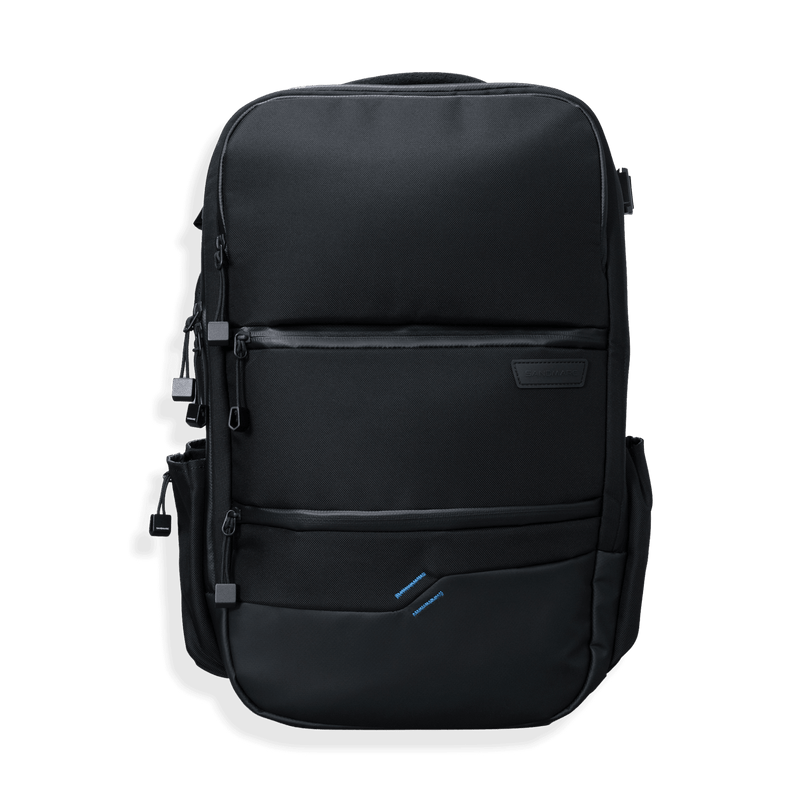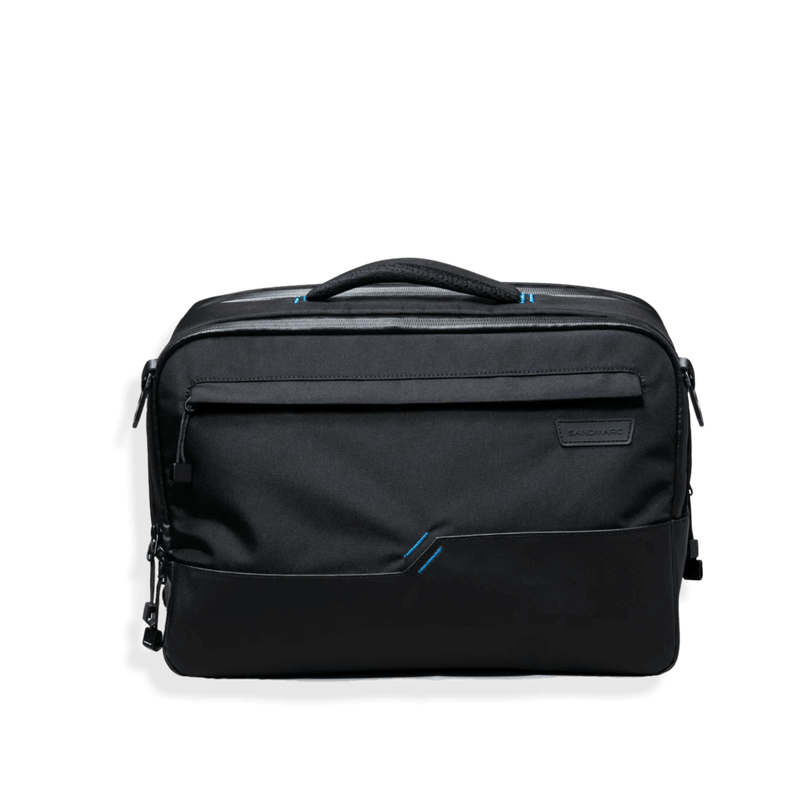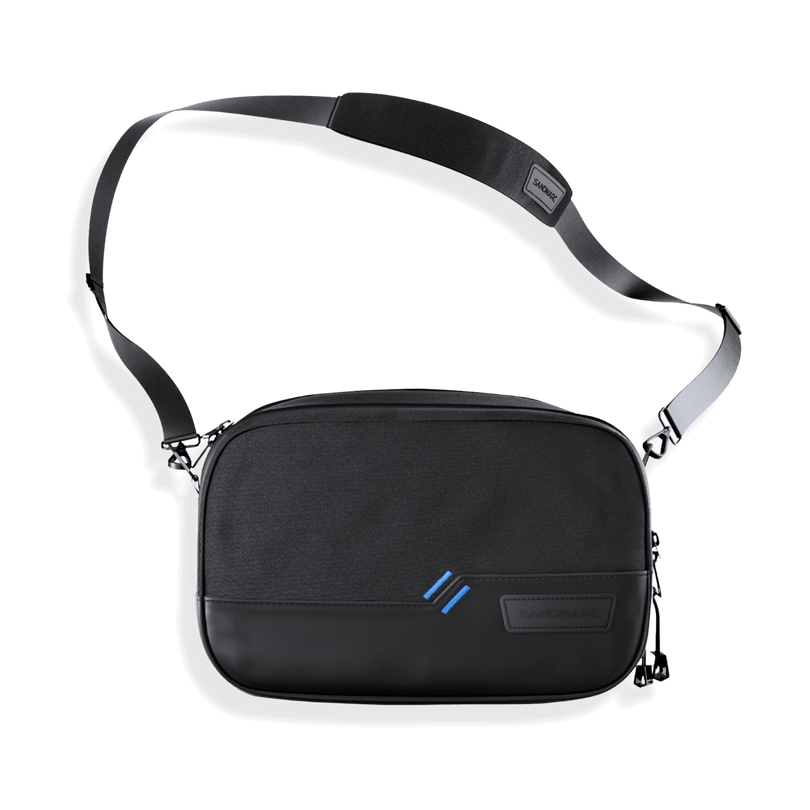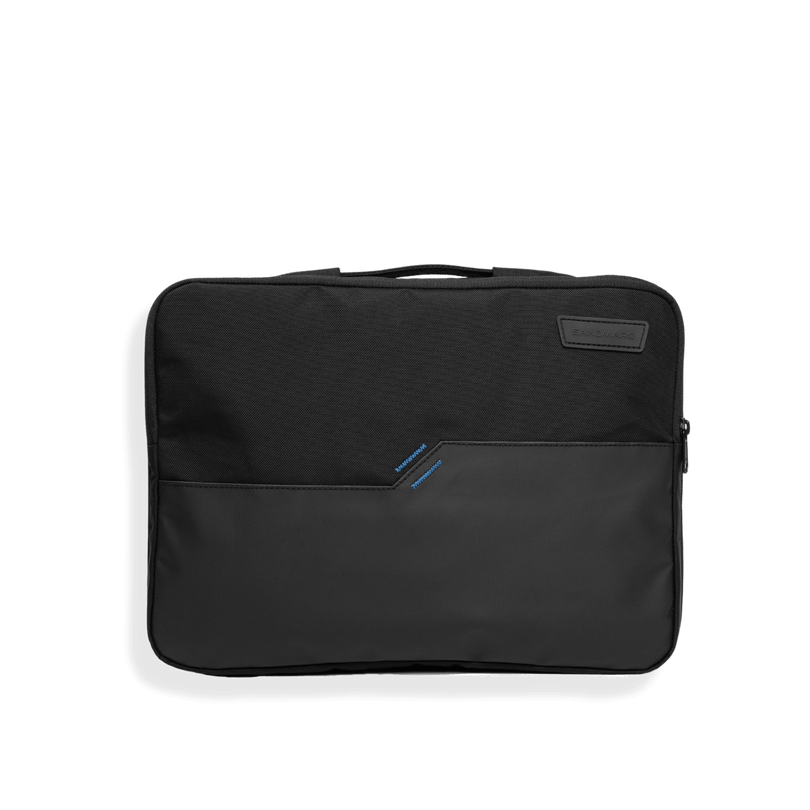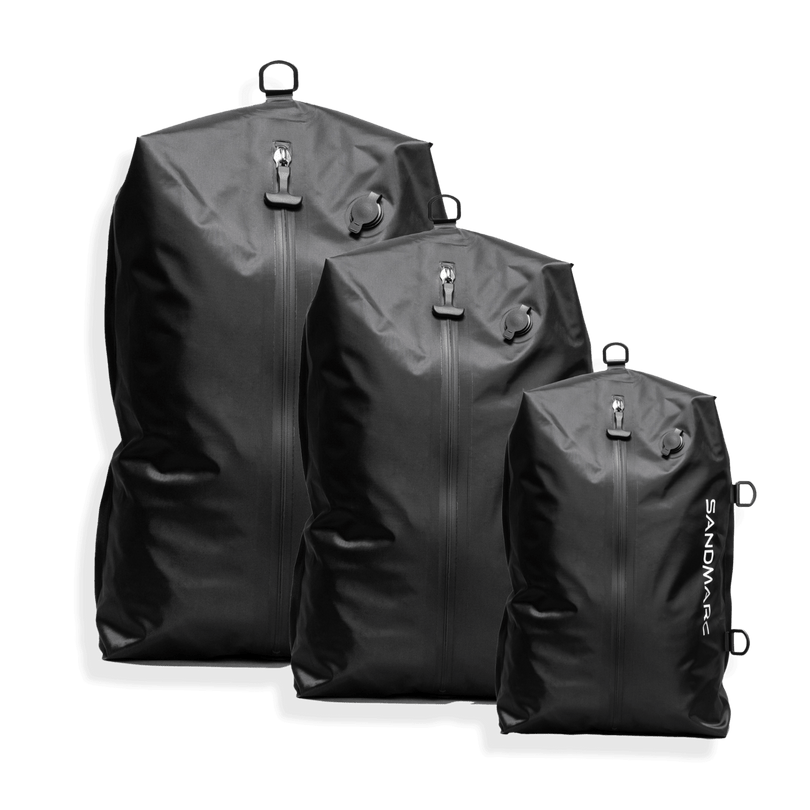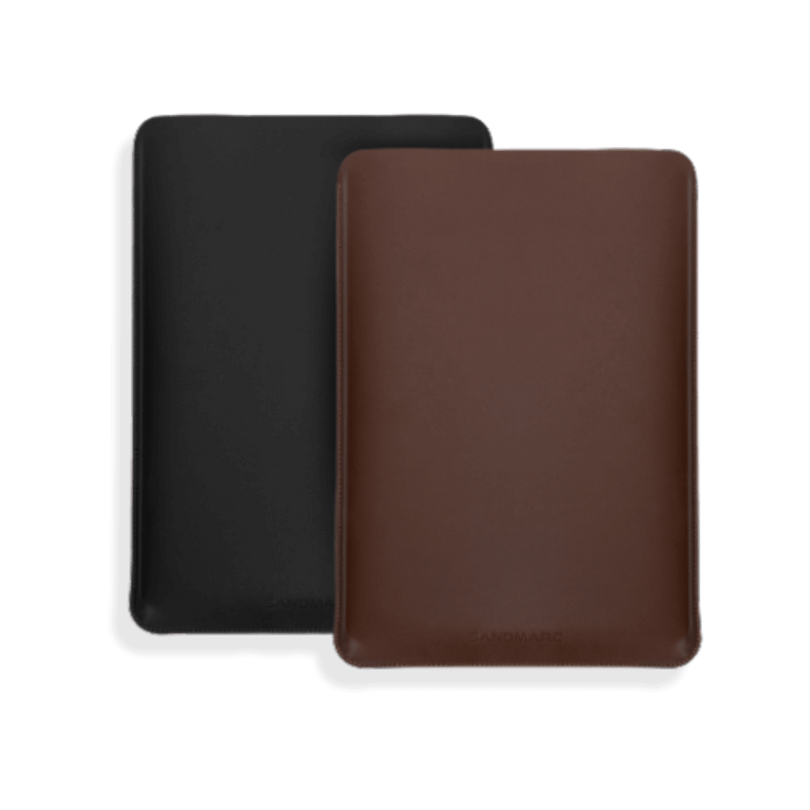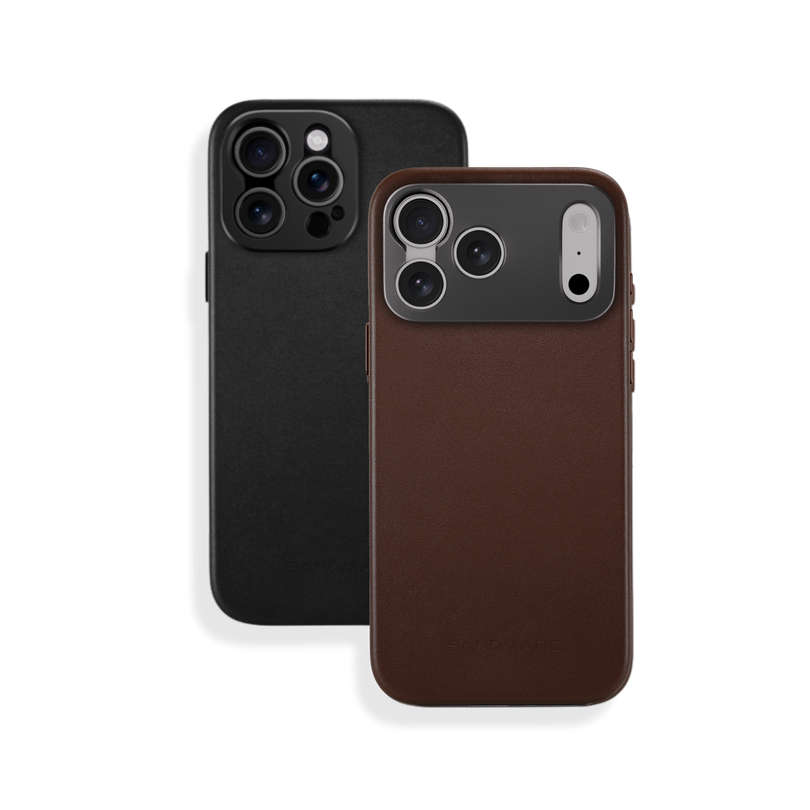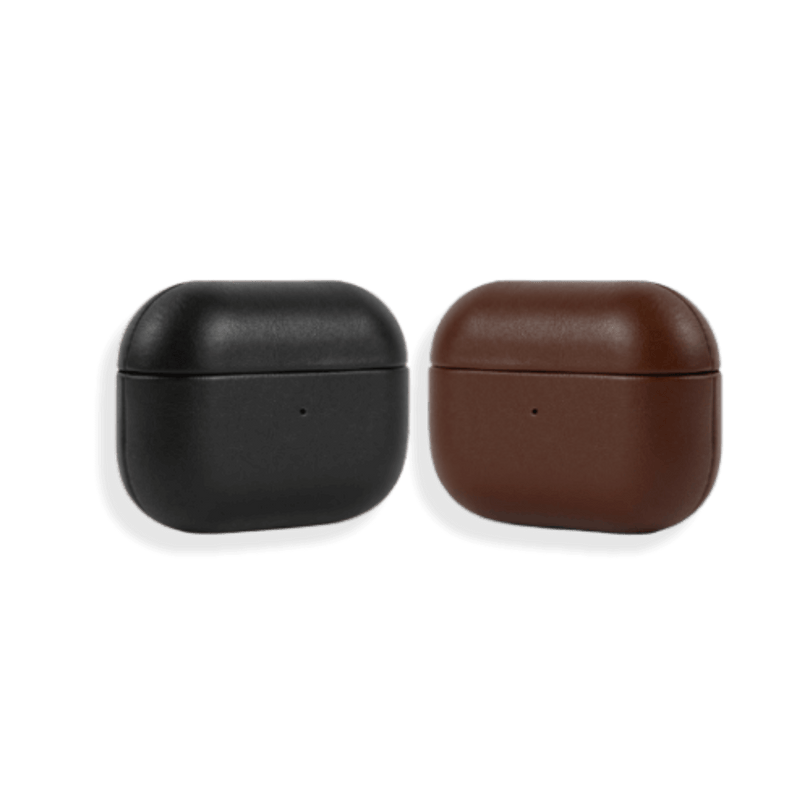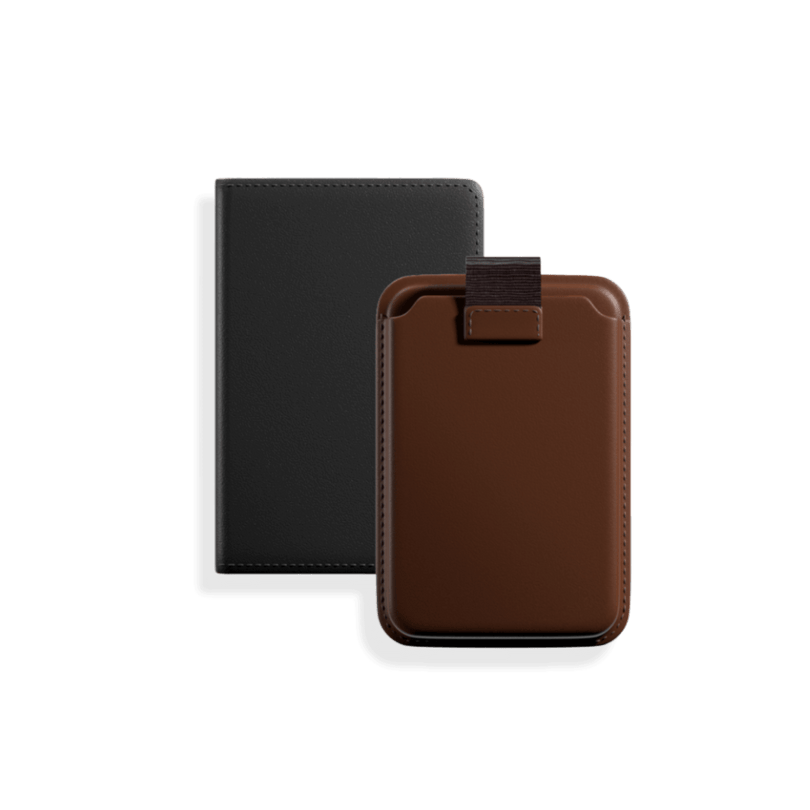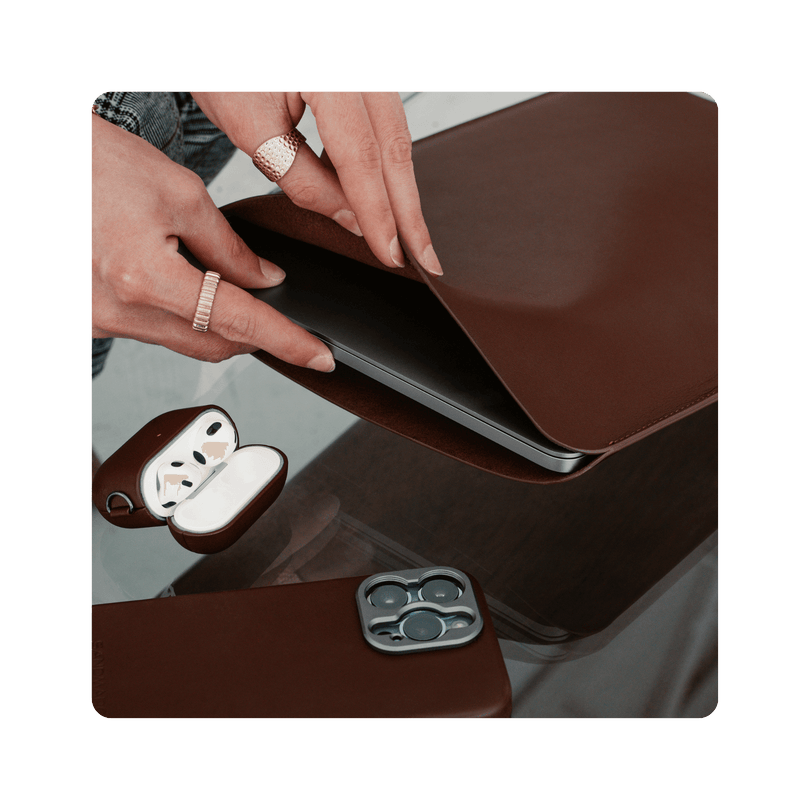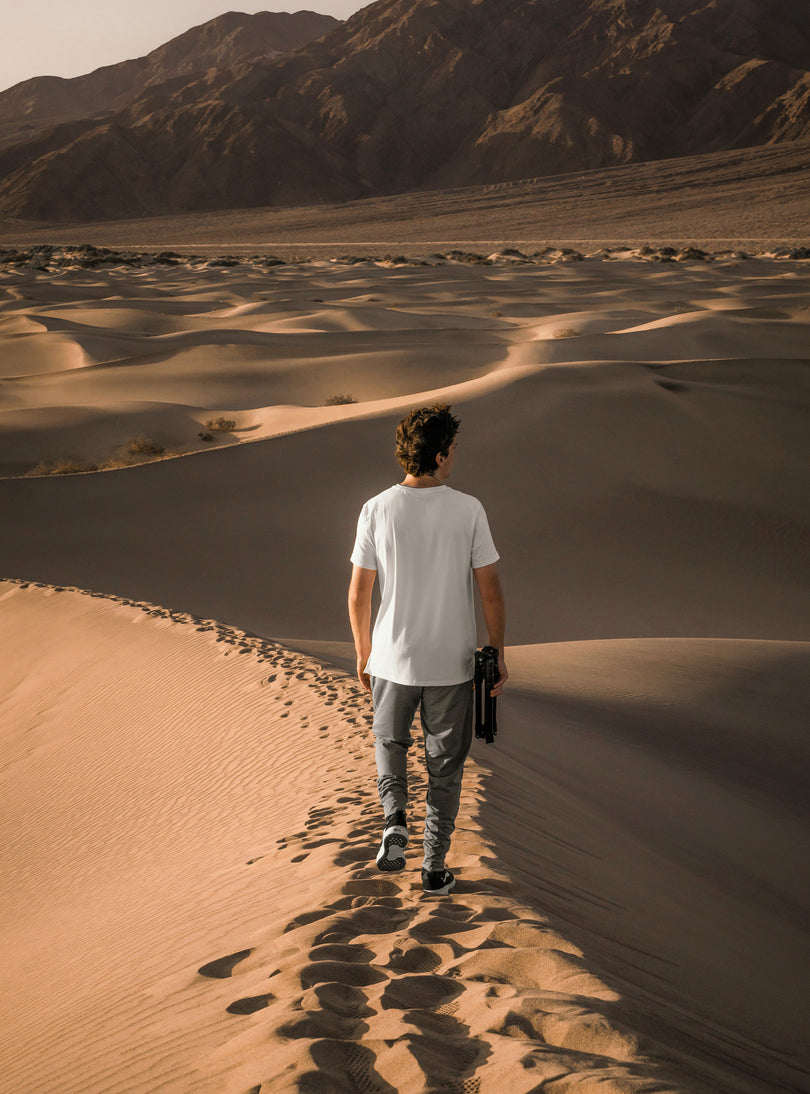A Guide to RGB Lighting
How these colorful lights have the power to alter the mood of any shot.
Ever wonder how photographers create images like this?
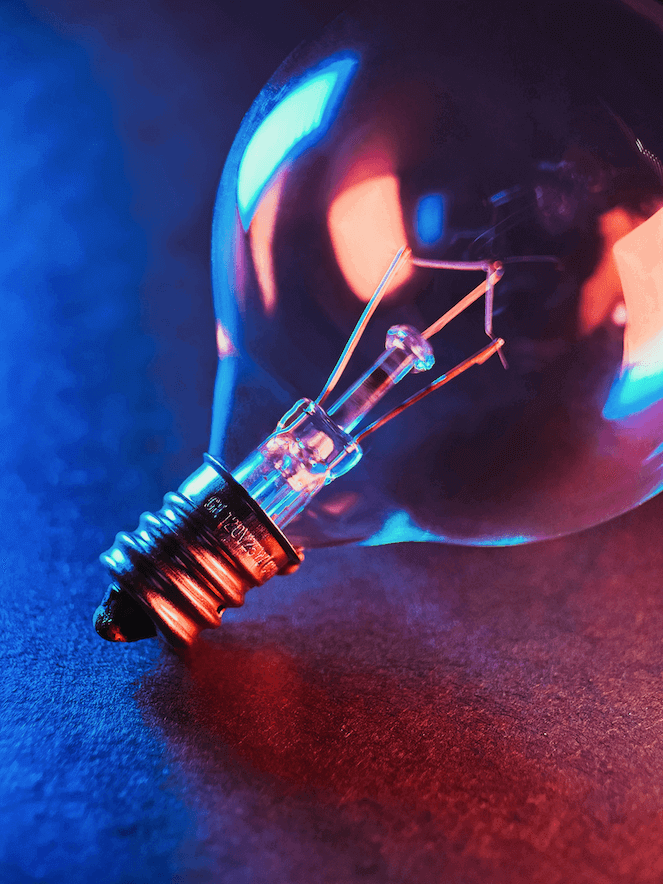
This moody scene was accomplished through RGB lights. RGB stands for red, green, and blue. In color theory, this trio is known as the additive color system. Mixing these three colors can create secondary colors like yellow, cyan, and magenta.
Photographers and filmmakers find RGB lighting to be necessary for creating more dramatic scenes. When used correctly RGB lighting can give your images, and videos a more professional look.

Before RGB Lighting

After RGB Lighting
Placement Matters
Placement is key to ensuring you get the most use out of your RGB lights. Memorizing the three-point-lighting Setup will be of best assistance to perfecting RGB lighting. Listed below are three lighting placements that are useful:
- Key Light: The main light that is highlighting the subject.
- Back Light: Separates the subject from the background by giving more depth. There is the freedom to get creative with background light, by implementing unique color variations.
- Fill Light: The main purpose of this light is to fill in the dark shadows.
The key light, back light, and fill light each have specific positions when shooting. The positioning of these lights is the most important aspect of ensuring you are effectively using them.
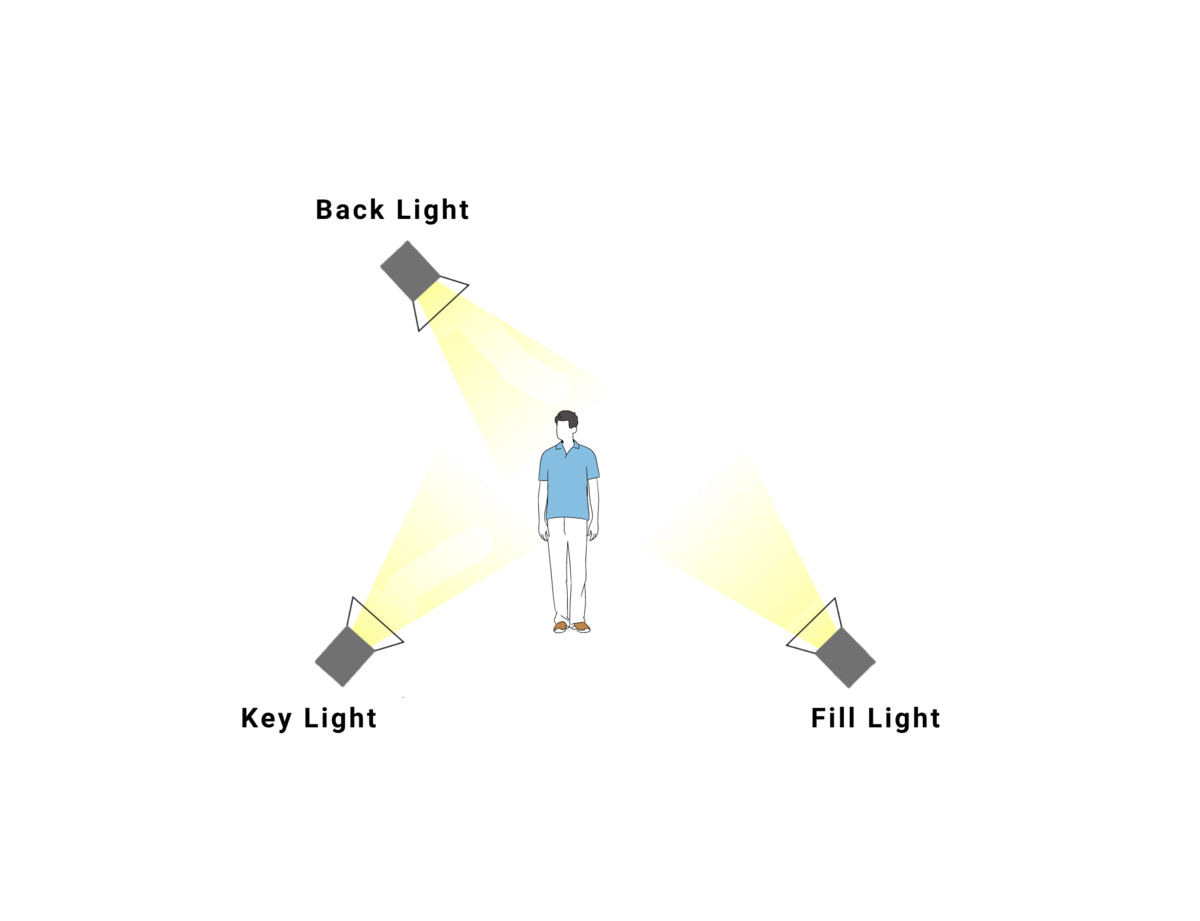
The diagram above illustrates the Three Point Lighting Setup. Placed in the front of the subject is the key light, and behind the subject contains the back light. Additionally, the fill light is positioned on the opposite side of the key light.
Are you wanting to try more lighting techniques?
Once you have accomplished the Three-Point Lighting Setup play around with the lighting styles below.
Shaping: This lighting will be different for each model since everyone has a different facial structure. By moving the light around your model’s face you will create different shapes of light patterns.
Rembrandt: Named after the Dutch painter, this style of lighting is common in cinema because of its dramatic look. It’s most recognizable by the dark triangle that falls on a model’s face.
Paramount: A lighting style created by Paramount Studios. It involves a butterfly lighting effect under the actors' noses in most of their 20th-century films. To achieve this look you will place the key light directly in front of the model at a downward angle.
Split: One side light and one side dark. The lighting is split to create a dramatic look and is often used to create a more masculine feel.
RGB Lighting in Action
As you practice different lighting variations you will grow more accustomed to manipulating your photo or film set. Lighting gives you the power to emulate different scenes and convey an assortment of moods.
Below we listed creators that have effectively demonstrated how to use SANDMARC’s RGB lighting gear for photography and filmmaking.
How to create a moody scene for a film using RGB lighting.
Creative ways to use RGB lighting in your photography.
Check out SANDMARC's Prolight Mini RGB and RGB Light.

